Crossing Thresholds: Exploring Doorway Traditions from Ireland to Japan
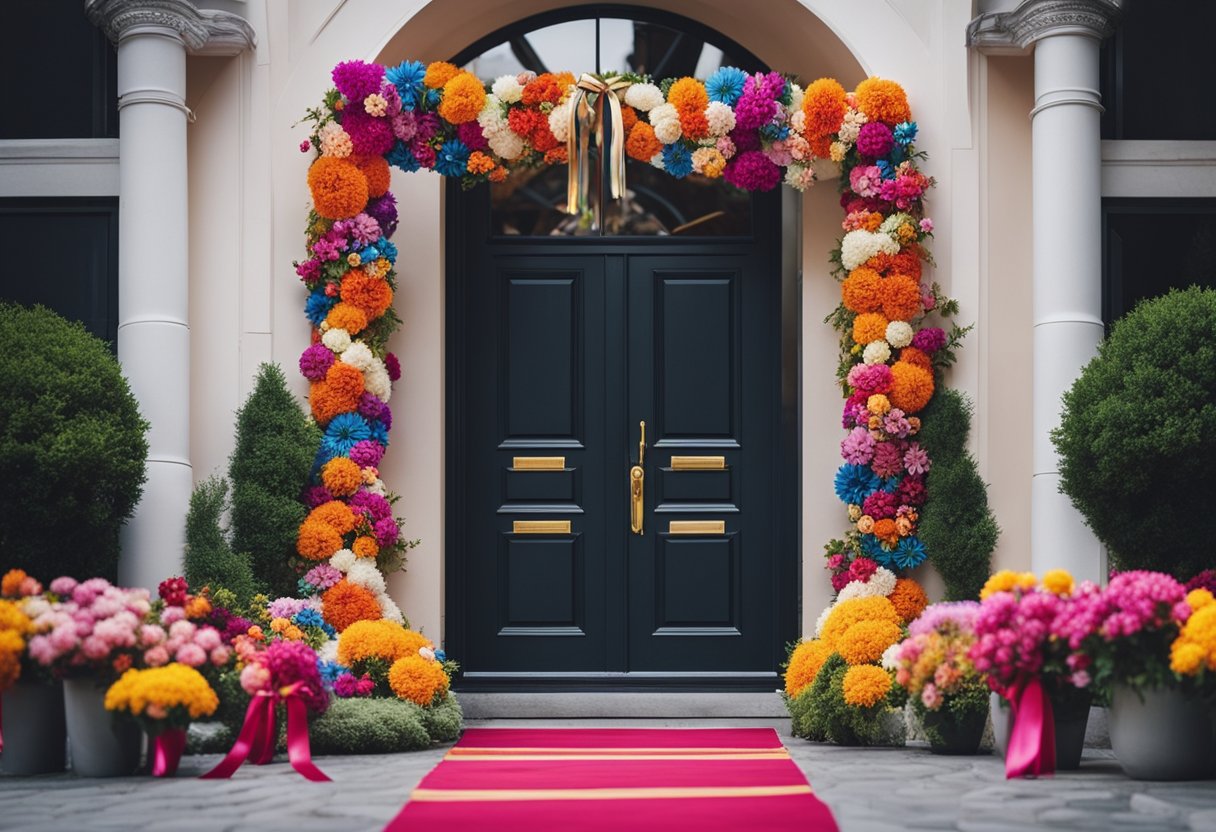
Updated On: March 28, 2024 by Eman Sameh
Across cultures and throughout history, the act of crossing a threshold has held deep symbolic importance. As we step from one space into another, we mirror many human experiences, from the beginning of a journey to the transition between life stages. Doorway traditions are like stories; they hold the tales of pilgrims leaving behind the old to embrace the new, be it a spiritual transformation or personal growth. In Ireland, thresholds are steeped in tradition and considered pivotal spaces laden with meaning, often intertwined with blessings and protection against unfriendly spirits.
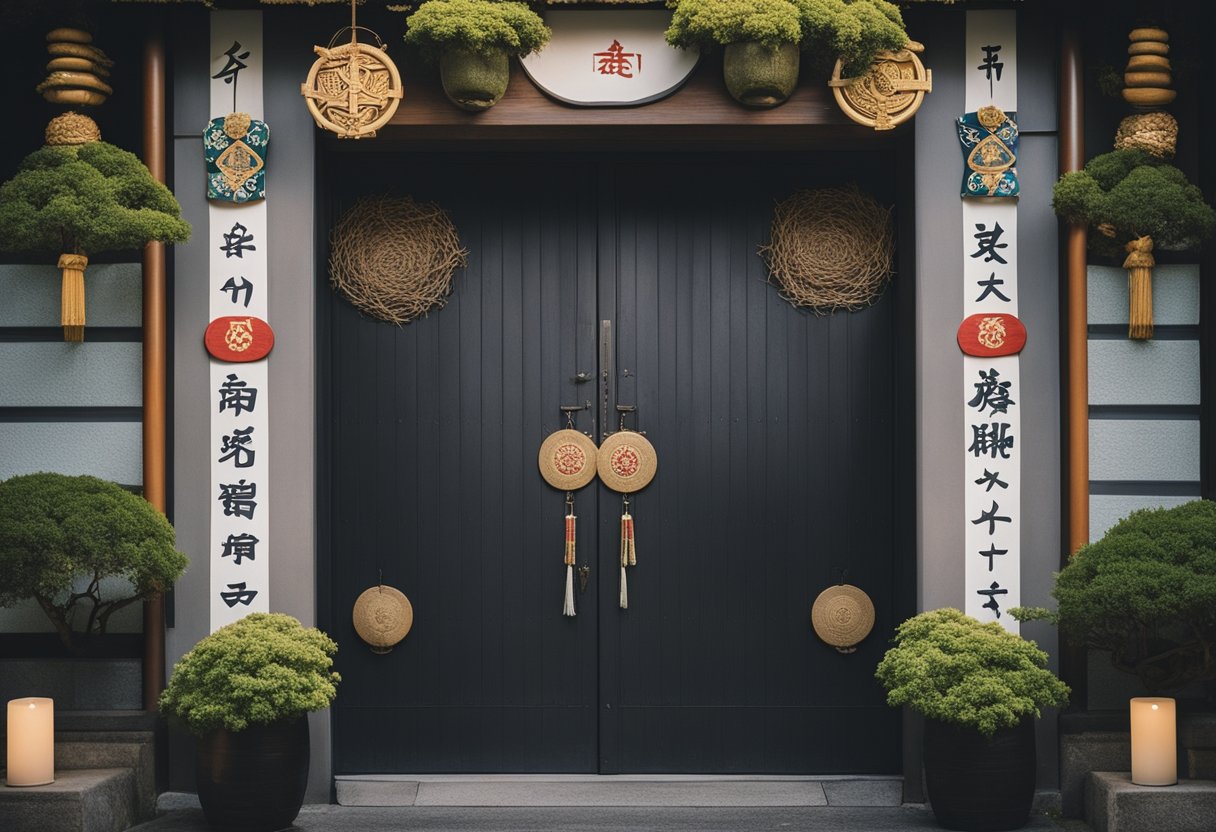
Japanese culture, too, reveres the power of doorways. This is celebrated in the intricate etiquette of passing through a torii gate or the prescribed movements within traditional tea houses. These acts articulate respect, intention, and the delicate balance between the sacred and the profane. Doorways here are not mere passageways but integral components of ritual and ceremony, suggesting that the ritualistic value of a threshold transcends mere physical boundaries, offering a moment for reflection and reverence.
The Concept of Thresholds
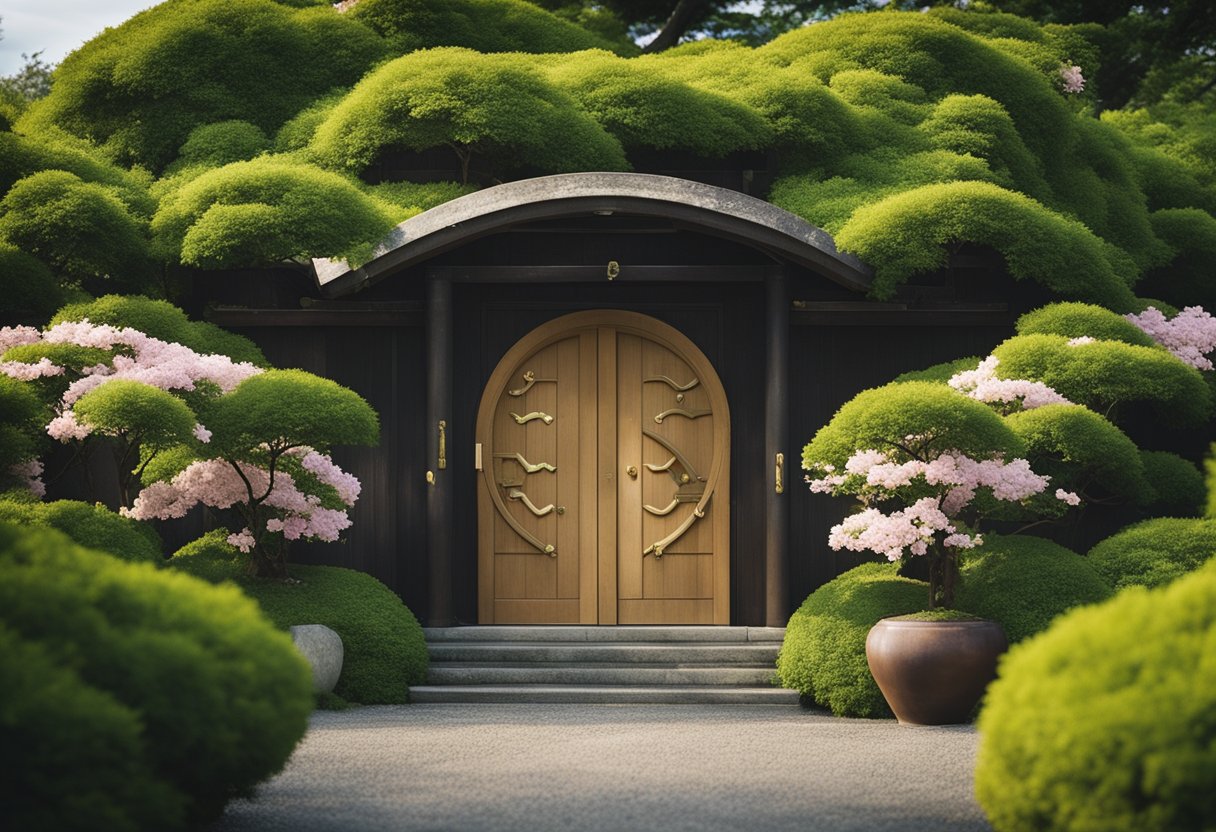
As we explore the cultural significance of thresholds, we encounter a rich tapestry of beliefs that resonate across various societies.
Thresholds in Myth and Religion
Thresholds have long held an esteemed place in myth and religion, often representing a point of transition or transformation. These literal and metaphorical entry points invite the soul to cross from the mundane into the sacred. In many cultures, crossing the threshold is an act of courage and accepting the unforeseen changes the soul might undergo. For example, in Japanese Shinto tradition, torii gates symbolically mark the transition from the profane to the sacred, inviting worshippers to enter a space where kami (spirits or gods) reside.
The Doorway as a Symbol
Doorways are imbued with metaphor, frequently expressing the idea of journeying from one state of being to another. They often symbolise new beginnings or life-changing events. Within the context of spiritual practice, doorways invite adherents to enter with reverence, marking the threshold where one may encounter the divine or experience a profound transformation. In Ireland, for instance, the tradition of leaving the door ajar on New Year’s Eve is said to let the old year out and the new year in, signifying a blessing for transition and renewal.
Cultural Significance of Doorway Traditions
In various cultures around the world, doorways serve as more than mere entrances and exits. They hold deep symbolic and traditional meaning, reflecting concepts of transition, protection, and welcome.
Irish Doorway Traditions
In Ireland, doorways have long been associated with hospitality and protection. It’s customary to paint doorways in vibrant colours, with red being one of the most traditional hues. This practice is often seen as a means to ward off evil spirits and welcome guests. On Halloween, an important time in the Celtic calendar, doorways become the threshold between our world and the supernatural, as reflected in the elaborate decorations to both honour the deceased and protect against unwelcome spirits.
Japanese Doorway Practices
With its Zen influences, Japanese culture imbues doorways and thresholds with respect and purification. Before entering a home, it’s customary to remove one’s shoes, symbolising the leaving behind of the outer world and any impurities. This transition from outside to inside is also marked by the presence of shoji or genkan, which are traditional entryway areas that separate and sanctify the home environment. Christian influences in Japan have also adapted these traditions, often merging with local practices to create a unique intercultural respect for the doorway as a spiritual gateway.
Rituals and Ceremonies

In myriad cultures, the act of crossing a threshold marks significant transitions and new beginnings. It’s a ritual imbued with hope, embodying the surrender to a new phase in life, whether through marriage or establishing a new home.
Weddings and Threshold Crossing
Wedding ceremonies across the globe often include the practice of threshold crossing. In Ireland, for example, it’s traditional for the groom to carry the bride over the threshold of their new home. This symbolises the bride’s transition from her maiden life to married life, ensuring good luck and protection from evil spirits. Japanese weddings, too, emphasise transition during san-san-kudo, a ritual involving the sharing of sake, believed to fortify the bonds between the couple as they step together into a union full of hope and new beginnings.
New Home and Hearth Rites
When setting up a new home, rituals and rites often serve to consecrate and protect the hearth. These practices range from lighting fires to clear negative energies, prevalent in Celtic traditions, to the Shinto ceremony of Jichinsai in Japan, where a priest asks the local deities for safety and peace for the residents. The entryway to a home is given special attention, with rituals that involve blessings and sometimes the placing of lucky objects or symbols at the threshold to ensure a place brimming with tranquility and hope for the future.
The Language of Passage
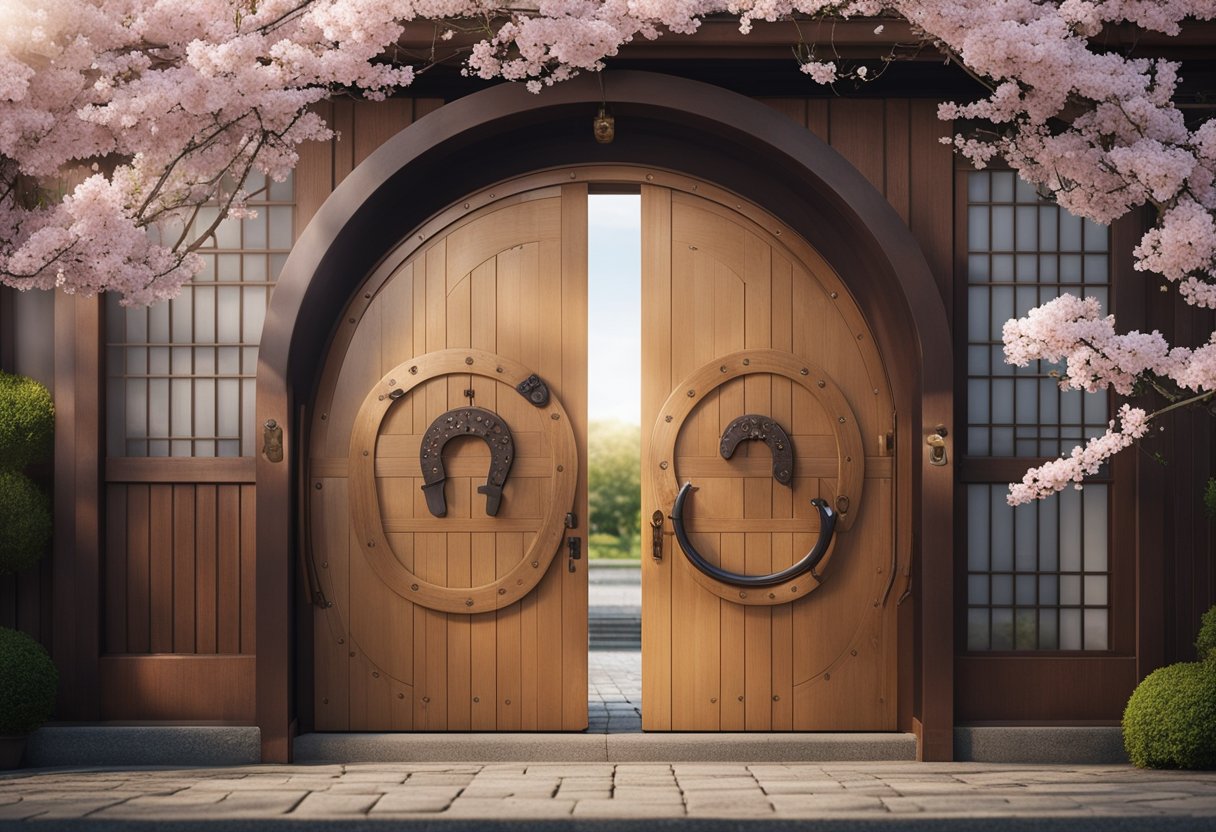
In exploring the concept of doorways and thresholds, we find that language plays a crucial role in encapsulating the significance of transitions and passages across cultures.
Poetic Expressions
The Irish language has proverbial sayings and poetic expressions that capture life’s transitions. In Ireland, doorways are physical structures and symbolise significant life events. The writings of John O’Donohue—a renowned Irish poet and philosopher—often articulate thresholds with deep sentiment. His work eloquently frames doorways as both boundary and bridge, an apt metaphor for life’s countless beginnings and endings. For example, O’Donohue’s blessings extend a lyrical grace to the act of entering a new space or phase of life.
Linguistic Interpretations
The English language has adopted and adapted many terms that reflect the importance of thresholds. Metaphorically, we use terms like “crossing over” or “passing through” to denote a change or transformation. The linguistic interpretations of thresholds extend beyond the physical, hinting at emotional and spiritual crossings that are steeped in cultural meaning. It’s evident that in discussing doorways or passages from one realm to another, language holds the power to convey the profundity of these moments.
Thresholds in Literature and Art

Thresholds are profoundly significant in literature and art, often symbolising passages into new states of being or realms of understanding. We’ll explore their presence and role further in these creative domains.
Literary Metaphors
Thresholds in literature frequently serve as metaphorical gateways, signalling pivotal changes in narrative and character development. The concept of a threshold has been implemented as a device to usher characters and readers into uncharted territories, whether physical, psychological, or spiritual. In Irish lore, for instance, crossing a threshold can imply an entrance into the Otherworld—a realm of dreams and enchantments. This idea permeates many tales where protagonists step into a liminal space, reflecting their growth or transformation.
Authors employ thresholds to invoke the action of crossing from one world to another and to engage the audience directly in the narrative’s unfolding mystery. This is evident in plays where a threshold might represent both an entry into a fictional reality and a departure from the audience’s own. The very act of crossing these literary doorways can serve as an invitation to dream alongside the characters.
Artistic Depictions
In art, thresholds have been visually realised as doorways, gates, and other forms of entry or exit points, often laden with symbolism. Artworks might capture the precise moment of transition, inviting viewers to consider the scene’s implications. The symbolism of a doorway is richly explored in various cultures, echoing themes of opportunity, safety, or the unknown.
Japanese prints might capture silhouetted figures about to step through a torii gate, signalling a movement towards the sacred, whilst European paintings of the Renaissance period might depict a doorway as a passage between earthly life and divine truth. Regardless of the cultural context, these artistic depictions remain powerful tools, engaging the viewer in a visual play between what is known and what lies beyond, thus manifesting the threshold’s enduring allure.
Transformation and Personal Growth
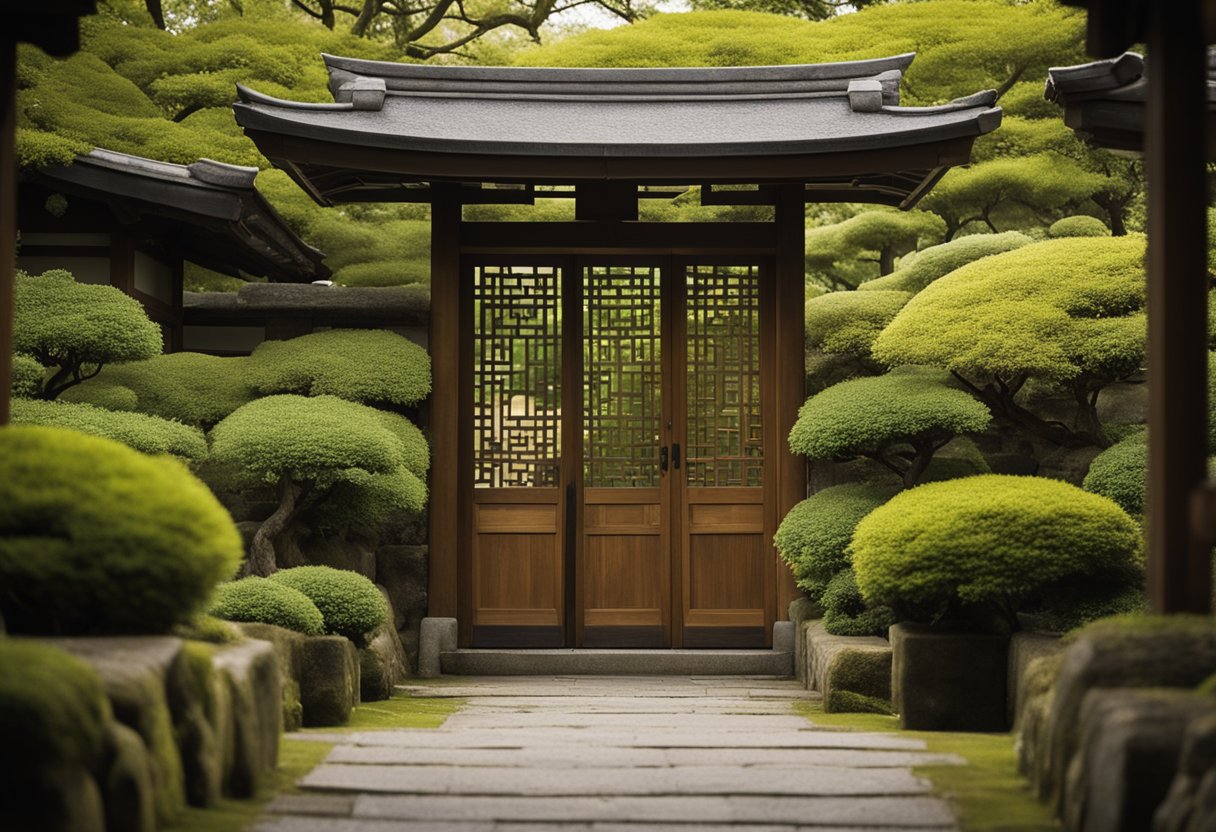
Exploring the concept of crossing thresholds, we find it intricately linked to transformation and personal growth. As individuals embark on journeys of change, they often encounter moments that catalyse a profound shift in their perspective and self-understanding.
Identity and Self-Discovery
Embarking on a passage of self-discovery, we frequently uncover facets of our identity that were previously concealed or unrecognised. This transformative journey is akin to passing through several doorways, each revealing deeper layers of our persona. Along this path, transformation occurs not only in how we see ourselves but also in how we are perceived by the world. Indeed, as we traverse from one threshold to the next, we shed outdated versions of ourselves, continually evolving and refining our identity.
The Journey of Love
In the context of love, crossing thresholds signifies pivotal moments in our relationships that deepen our connection and understanding. These are not mere instances but transformative experiences that enrich our sense of self and our experience of love. Such transformative thresholds can mark the beginning of a new relationship or turning points within an ongoing bond, often leading to enhanced intimacy and a redefined shared identity.
Contemporary Thresholds

This section explores how thresholds—traditionally points of transition within physical spaces—are evolving in our increasingly digital and health-conscious world.
Technology and Digital Realms
Our lives are now punctuated by digital thresholds, gateways that lead us into myriad virtual spaces. Within these realms, we’re greeted by intelligent systems that recognise our presence, often through personalised interactions. For instance, smart home technology enables our living spaces to respond to us as we cross physical thresholds; lights activate on approach, and security systems recognise authorised individuals.
Transitioning into the digital realm extends beyond physical spaces. On platforms such as Connolly Cove, we’re introduced to global cultures and locations without the need to travel. Virtual tours and digital storytelling enable us to cross international thresholds and engage with the world’s heritage from our own homes.
Pandemic’s Impact on Transitional Spaces
The pandemic has fundamentally altered how we perceive and interact with transitional spaces. Thresholds have become checkpoints where health precautions are paramount. We’ve witnessed the introduction of sanitisation stations and mandatory mask areas as we transition from outside to inside environments.
The design of the entryways and transitional spaces has adapted to accommodate these new practices. Establishing wider doorways and transition zones allows for social distancing and minimises congestion. As light plays a vital role in creating safe and welcoming environments, businesses have strategically integrated it to reduce shadows and highlight sanitation areas, helping to guide us safely across these new thresholds.
Spiritual Practices Across Cultures

Spiritual practices serve as bridges across various cultures, connecting individuals to the divine and to each other. From Christian rites of passage in the West to Zen traditions in the East, these practices are both diverse and deeply rooted.
Christian Rites of Passage
In the Christian tradition, rites of passage mark significant transitions in one’s life journey. For instance, baptism represents an initiation into the faith, symbolising purification and rebirth. First, Communion and Confirmation are milestones that deepen one’s connection to the Christian community. In Ireland, these sacraments carry cultural significance, embodying a continuity of tradition that connects the present to the past. We can see such practices reflected in the community-centred content found on Connolly Cove, where the intertwining of spirituality and Irish culture is portrayed.
Zen in the Japanese Tradition
Moving to the serene temples of Japan, Zen Buddhism offers a contrasting yet equally profound set of spiritual practices. Central to Zen is the practice of Zazen, or seated meditation, which promotes self-awareness and enlightenment through quiet contemplation. Zen gardens are crafted as spaces that foster meditation, exemplifying meticulous care and attention to detail. This minimalist yet powerful approach accords with simplicity and nature, which are key aspects of Zen. The balance and tranquillity of these gardens echo the spiritual equilibrium Zen practitioners seek to achieve through their daily rituals, including mindfulness and chanting of sutras.
Animal Symbolism and Thresholds

In examining the deep relationship between animals and thresholds, we uncover a rich tradition in which creatures like the cat hold significant roles as guardians of the spiritual and physical gateways.
The Cat as a Guardian
Cats, long revered in various cultures, are often perceived as protectors of the soul and domestic spaces. In Ireland, a country with a wealth of folklore, the cat is seen as a symbolic guardian that wards off evil spirits. This creature’s presence at the threshold—a literal door or other entryway of a home—is thought to safeguard the inhabitants and their souls from negative external influences.
Totems and Animal Guides
Totems and animal guides represent another facet of how animals are intertwined with thresholds. From tribal societies to modern spiritual practices, an animal totem is believed to guide one from the ordinary world into the spiritual realm. In Japan, for example, animal totems are respected for their roles in guiding and protecting souls as they navigate transitions in life and the afterlife.
Reimagining Doorways in a Modern Context
Within our ever-evolving society, doorways have transcended their traditional role of mere entry and exit points. They now embody elements of design innovation and cultural significance.
Architectural Innovations
We now witness doorways taking centre stage in modern architecture. Glazing advancements have introduced doors that function as transformative light walls, dissolving the boundaries between indoors and the outdoors and promoting natural light to become a central design feature. For instance, sliding or folding glass doors allow light to flood interior spaces, creating an illusion of a more expansive environment filled with hope and openness.
Doorways in Contemporary Culture
Our interaction with doorways reflects their metamorphosis into symbols within contemporary culture. In many communities, brightly coloured doors signify a house of hope and welcome, while innovative public installations reinvent doorways as portals to artistic realms. In digital media, doorways are often depicted as gateways to new worlds, embodying the idea that they are not just thresholds but also starting points for adventure and discovery.
By integrating functionality and symbolism, doorways remain relevant and continue to inspire us in various aspects of modern life.
Frequently Asked Questions
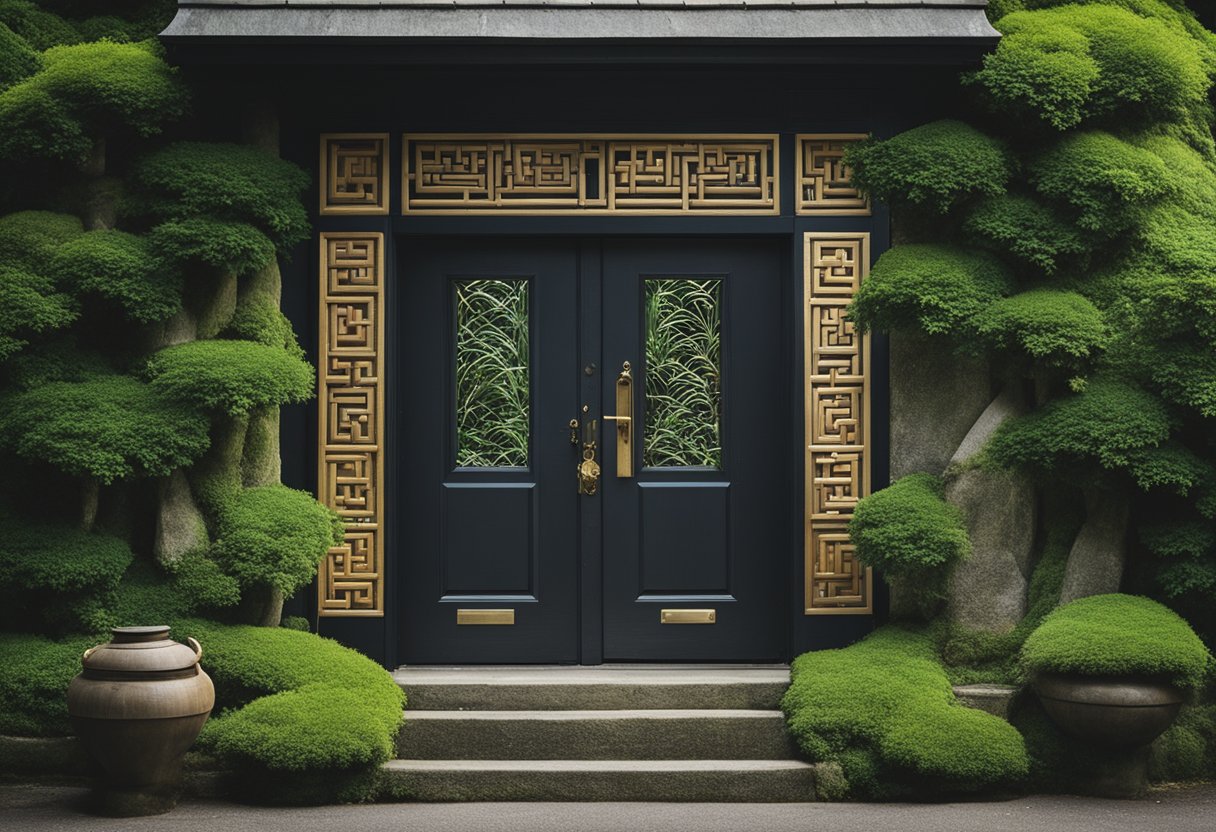
We’ve gathered some of the most intriguing FAQs related to doorway traditions worldwide, specifically focusing on Ireland and Japan and the customs associated with thresholds during New Year’s celebrations.
What are some common doorway traditions observed in Ireland?
In Ireland, doorway traditions often involve honouring the threshold as a place of entrance and exit that holds symbolic significance. The practice of starting with the same foot each time one crosses a threshold is intended to bring awareness to one’s presence in the moment and sometimes involves pausing at the doorway to focus on intentions.
Can you describe unique doorway customs practised during New Year’s across various cultures?
Across cultures, New Year’s doorway customs are rich and varied. In some places, the first person to enter a home after midnight, known as the First-Footer, is believed to bring good fortune, especially if they carry certain items like coal or bread. In other customs, homes are swept from the entrance to the outside to symbolise the sweeping away of bad luck and negativity.
How do Japanese doorway traditions differ from those in Ireland?
Japanese doorway traditions prominently feature the kadomatsu, decorations placed at a home’s entrance to welcome ancestral spirits. These also serve as a temporary dwelling place for the kami, or deities, who bring blessings and good luck to the household.
What are considered lucky traditions involving thresholds for the New Year?
For the New Year, lucky traditions involving thresholds often include hanging decorations, such as wreaths or specific plants, believed to be auspicious. In Irish culture, the threshold might be sprinkled with holy water as a form of blessing. In other practices, hanging mistletoe over the door during the holidays is thought to bring good luck and protection in the coming year.
In what ways is salt used in doorway protection rituals?
Salt has been historically used in various cultures for its protective properties. Placing salt across thresholds or in the corners of rooms is said to ward off evil spirits or negative energies. Its preservation qualities extend to symbolic protection for those living within the home.
What are some distinctive New Year’s celebrations that involve doorways?
Distinctive New Year’s celebrations that incorporate doorways include the Japanese tradition of Nengajo, where New Year’s greeting cards are placed in entrances, and the Scottish Hogmanay practice of first-footing, where the first person stepping through the door after midnight should bear gifts to ensure the household’s good fortune. In some cultures, doors are opened at the stroke of midnight to let in the new year and release the old.






